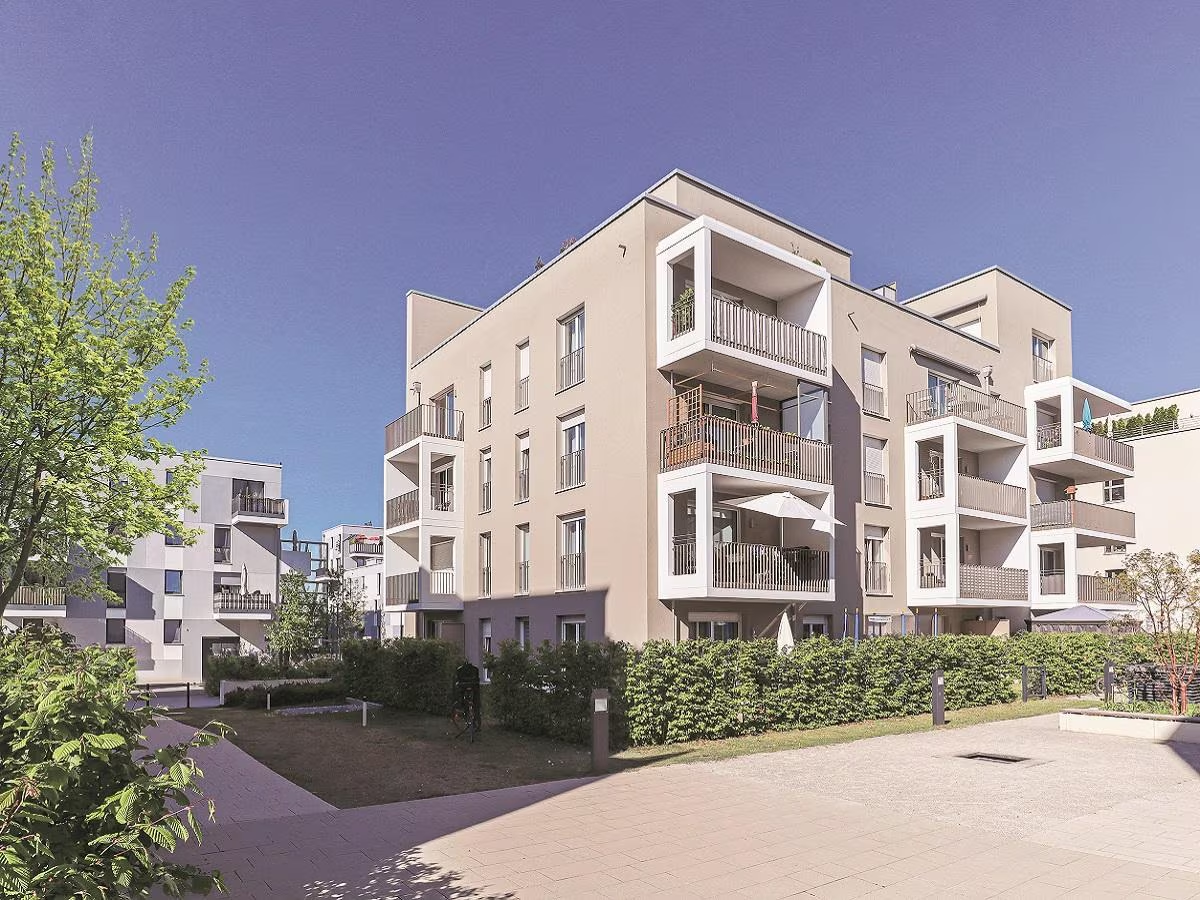Imagine bustling metropolises in India with a growing skyline. This growth isn’t happening by chance. Major developers are aggressively acquiring land, fueling a real estate boom across the country. What’s driving this land rush, and what does it mean for the future of Indian real estate?
Decoding the Land Acquisition Spree in Indian Real Estate
Anarock’s data paints a clear picture: large developers are actively acquiring land parcels at an unprecedented pace. This trend signifies a bullish outlook on the Indian real estate market, driven by several key factors:
Rising Demand: Fueled by a growing middle class, urbanization, and a burgeoning young population, the demand for residential and commercial spaces in India is on the rise. Developers are strategically securing land to cater to this future demand.
Investor Confidence: India’s improving economic stability and a series of government reforms have boosted investor confidence in the real estate sector. This has led to increased investments from both domestic and foreign players, further fueling the land acquisition spree.
Diversification Beyond Residential: While residential continues to be a significant driver, the focus is expanding. Developers are acquiring land for commercial projects like office spaces, shopping malls, and logistics hubs. This diversification reflects India’s growing economy and changing market needs.
Tier 2 & 3 City Potential: The land rush isn’t limited to metros. Developers are increasingly eyeing Tier 2 and 3 cities with growing populations and infrastructural developments. This trend presents exciting opportunities for real estate growth in these emerging markets.
Beyond the Headlines: Unveiling Hidden Gems
The land acquisition trend extends beyond what’s reported in headlines. Here are some lesser-known aspects to consider:
- Focus on Sustainability: Many developers are prioritizing acquiring land suitable for sustainable projects. This includes green building practices and creating self-sufficient communities with integrated amenities.
- Infrastructure-Led Development: Developers are collaborating with government agencies to identify land parcels near upcoming infrastructure projects like highways and metro lines. This ensures better connectivity and future appreciation for their developments.
- The Rise of Co-Living and Co-Working Spaces: Catering to the growing trend of co-living and co-working spaces, developers are acquiring land suitable for these new-age concepts. This caters to the evolving needs of millennials and young professionals.
FAQ
Q. What are the potential risks associated with this land acquisition surge?
A. Rapid land acquisition could lead to price inflation. Additionally, ensuring responsible development practices and infrastructure planning is crucial to avoid urban sprawl and congestion.
Q. How can potential homebuyers benefit from this trend?
A. Increased land acquisition indicates a well-supplied real estate market in the future. However, thorough research on developers and project details remains crucial before making any investment decisions.
Q. What are the long-term implications for Indian real estate?
A. The current land acquisition trend signifies a period of significant growth and transformation for the Indian real estate sector. This growth is expected to fuel job creation, improve infrastructure, and provide diverse housing and commercial options across the country.
Conclusion
The land acquisition spree in Indian real estate is a testament to the sector’s robust growth potential. Understanding the driving forces and hidden aspects of this trend empowers potential investors and stakeholders to navigate the market effectively. With responsible development practices and a focus on sustainability, this land rush can pave the way for a thriving and future-proof real estate landscape in India.
Reference By:
Smart Cities Mission by the Government of India
Similar Topics
Boom or Bust? Unveiling the Future of Dubai’s Real Estate Market
Dubai’s property market has defied global trends, but will rising interest rates and geopolitical tensions trigger a slowdown? Explore the…
The Real Estate Market Gears Up for a New Generation of Homeowners
Explore the factors driving a surge in new homebuyers and how the real estate market is adapting to their evolving…
How NRI Investments are Shaping Indian Real Estate Market
Explore the rising trend of NRI investment in Indian real estate. Understand the factors driving this growth, investment options, and…
Why Real Estate Players are Turning to Debt Deals
Explore the rising trend of real estate players utilizing debt deals to finance projects. Understand the benefits, challenges, and future…
Trends in India Commercial Real Estate Market
Dive into the evolving landscape of India’s commercial real estate market. Explore key trends, investment opportunities, and the future outlook…
5 Trends shaping Indian Residential Real Estate Landscape in 2024
Dive into the top 5 trends transforming India’s residential real estate market in 2024. Discover evolving buyer preferences, innovative…






